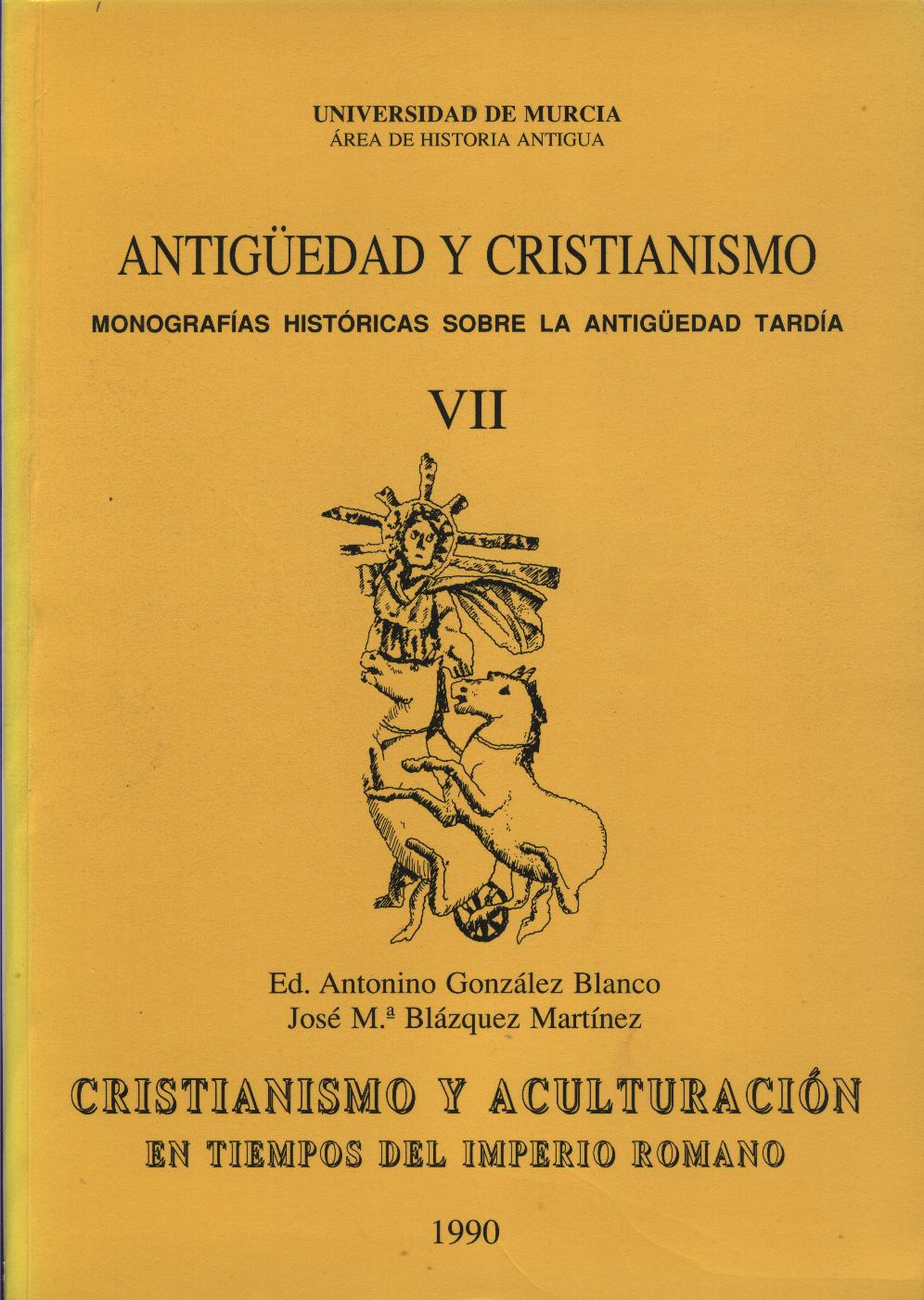Reutilizaciones de material romano en edificios de culto cristiano
Resumen
In this study an analysis is made of the vestiges which the aculturation brought about by the Christianization of the paganism left behind in certain material structures, particulary in the construction of the churches, the altar bases and in the paraliturgical elements such as screenplates' thresholds, the holy water basins, the offering boxes, the pedestals of the arches and supports. The re-used elements are materials of construction and inscriptions, especially the aras, steias and boundary marks and milestones. Various types of questions are taken into consideration: the correlation between the written sources and the archaeological information; the possible types of relationships between their pagan and Christian uses and of their conversion; and the chronology (particularly between the fifth and tenth centuries) and the geographical distribution of these elements and of the types of re-utilization. A catalogue of materials is included.
Descargas
-
Resumen511
-
PDF329
1. Los autores ceden de forma no exclusiva a la revista los derechos de explotación (reproducción, distribución, comunicación y transformación).
2. Las obras que se publican en esta revista están sujetas a la licencia Attribution-ShareAlike 4.0 International (CC By SA 4.0). Por lo que se pueden copiar, usar, difundir, transmitir y exponer públicamente, siempre que:
i) se cite la autoría y la fuente original de su publicación (revista, editorial y URL de la obra), permitiendo así su reconocimiento.
ii) se permite remezclar, transfromar o crear a partir del material mientras se mantenga la misma licencia del original.
Nota: Los artículos anteriores a 2022 muestran incorrectamente la licencia CC by SA en la página de resumen. Están bajo una licencia CC by NC ND tal y como se incluye en los pdfs de los artículos. Los artículos publicados en 2022 y después están bajo la licencia CC by SA.

3. Condiciones de auto-archivo. Se permite y se anima a los autores a difundir electrónicamente las versiones pre-print (versión antes de ser evaluada) y/o post-print (versión evaluada y aceptada para su publicación) de sus obras antes de su publicación, ya que favorece su circulación y difusión más temprana y con ello un posible aumento en su citación y alcance entre la comunidad académica. Color RoMEO: verde.
























